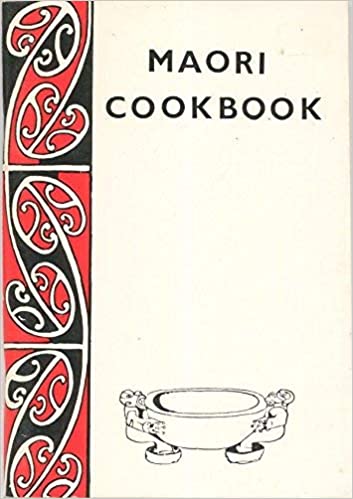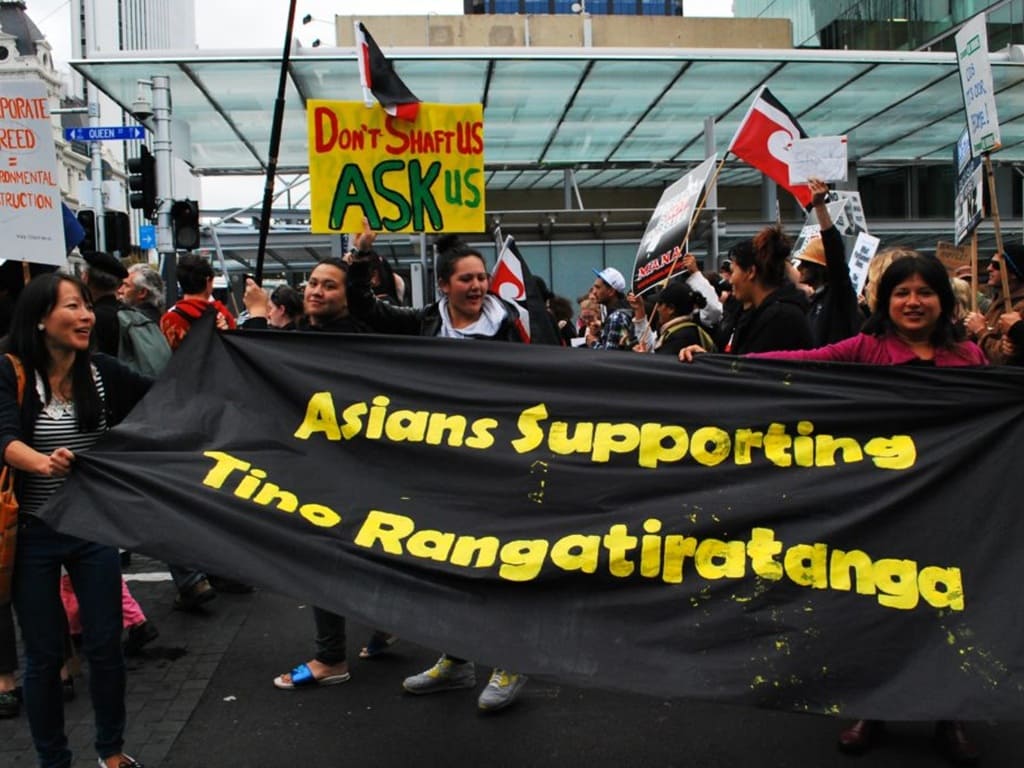I moved to Australia seven years ago from Aotearoa New Zealand. I’m pleased that old friends remember me despite the Tasman sea (Te Tai-o-Rēhua) between us (a so called “marginal sea” of the Pacific Ocean (Te Moana-nui-a-Kiwa). I was chuffed to accept the invitation from Asians Supporting Tino Rangatiratanga to be on a panel: Conversations on Tangata Whenua and Asian solidarity with Tze Ming Mok, Aaryn Hulme-Niuapu, Sue Gee, Arama Rata, me and Sina Brown-Davis.
This session will be an exploration of the experiences of tangata whenua and Asian activists who are working toward decolonisation and how we can strengthen cross-cultural solidarity against colonialism and racism. We will reflect on learnings of the past and imagine ways that we can move forward together to a just future.
As part of a phenomenal four day program in the fifth Social Movements, Resistance, and Social Change Conference: Activating Collectivity: Aroha and Power hosted online and in Te Whanganui-a-Tara (Wellington).
It engages with the ongoing question of how we honour Indigenous knowledges, learn from the spirit and tikanga animating struggles, and work in genuine togetherness for the deep structural change that our planet and people urgently need. This year’s theme also provides space for responding to social issues and movements as they continue to unfold around us. In response to the Black Lives Matter movement, for instance, ‘Activating Collectivity: Aroha and Power’ also engages with questions of how we situate ourselves as allies and accomplices, confront racism within and between our communities, and expand our networks and solidarities. Our theme asks how our imaginings of collectivity, aroha, and power have been activated and constrained, and how we can extend them as a basis for liberation.
One of the questions we engaged in as a panel was about our entry point into this kaupapa of Tangata Whenua and Asian solidarity. This took me down memory lane. It began with helping fund raise for the Hoani Waititi Marae in the late seventies when my family moved to West Auckland from Nairobi, Kenya.

Most of my experiences with tangata whenua were through Pākehā institutions. In the eighties when I was doing my nursing education at AUT, I joined a trip to the Ureweras and enjoyed regular noho marae at Hato Petera school for boys, across the road from the Akoranga campus. However, most of my experiences didn’t really help me make sense of my place in the colonial sandwich (Avtar Brah). It’s only when I started reading Xicana feminism like This Bridge called my back, Black feminists like Audre Lorde and bell hooks, that I started developing a vocabulary for my own experiences. Thank goodness for theory. In 2004 I set up the Aotearoa Ethnic Network email list and then a journal with the brilliant artistic and design talents of Andy Williamson as a way of problematising the unique to New Zealand term to describe people who are neither Maori, Pākehā or Tangata Pasifika. As Tze Ming quipped in the webinar “before we had a group for ethnics”. From this network, we also developed a journal and you can see some of the covers from the issues below. I’m going to revamp my website soon so will share the archive and contents in full.

Back in the day (2012) Philipa K Smith used a case study from AEN in her PhD and a subsequent publication: New Zealanders on the Net: Discourses of National Identities in Cyberspace. Smith used a discourse-historical approach of critical discourse analysis, emphasising the role of power and ideology in the construction of identities.
I also helped develop the Tangata Tiriti interactive workbook in 2006 which has accurate information about the Treaty of Waitangi in plain English for migrants. I’ve also written an essay for Tangatawhenua.com for the Are we there yet? series, a prelude to the election in November 2011, with a focus on the ‘wish list’ of Generation Xers; their hopes, dreams, aspirations and vision for New Zealand society. I wrote:
I began this piece by talking about my family’s welcome to New Zealand through consumer capitalism at Foodtown. On reflection, the supermarket is an apt metaphor for migration, both for the visibility and promise of its products and for the invisibility of its processes. Neoliberal narratives of individualism and ‘choice’ render invisible both the dispossession of the local and Indigenous and the economic imbalance necessary for the movement of goods and people to the West in order for capitalism to flourish. Yet if these two aspects of migration were made visible, in the same way that more ethical consumptive practices are becoming a feature of contemporary life then other kinds of relationships might be made possible. In the case of ethnic communities, direct negotiation with Maori for a space where Indigenous Maori claims for tino rangatiratanga, sovereignty and authority are supported while the mana of newcomers to Aotearoa is upheld hold promise.
Thanks friends Menghzu Fu and Kirsty the chance to do some walking down memory lane and also to consider what kind of future I might be able to contribute to both in Aotearoa where my family still live and here on the unceded lands of the people of the Kulin Nation.
